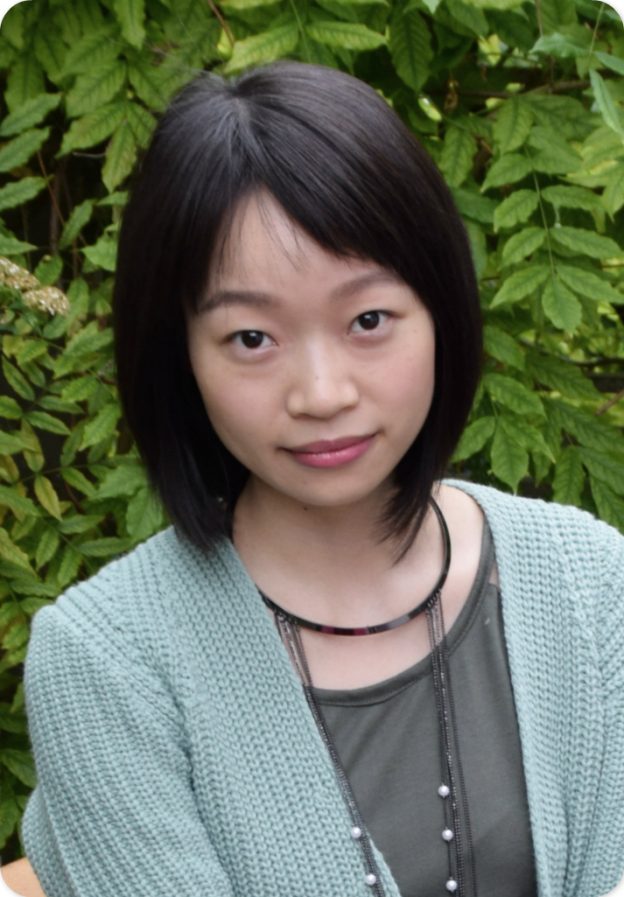Dr Xiaofan Amy Li, Lecturer for the Department of Comparative Literature, has published an article in the latest edition of the journal Word & Image, Volume 34, Issue 3, entitled ‘A Distant Dream: Balthus, Henri Michaux, and the Chinese Aesthetic Tradition’.
Balthasar Klossowski de Rola (1908-2001), known as Balthus, was a Polish-French artist; and Henri Michaux (1899-1984) was a Belgian-born poet, writer, and painter. The constant echo of a seemingly ‘Chinese aesthetics’ in Balthus’s and Michaux’s works gives rise to a few important questions: how do Balthus’s and Michaux’s creative practices and works engage with and re-invent the Chinese aesthetic tradition? What new understandings of Balthus and Michaux will be revealed if they are seen in the light of Chinese notions about painting, calligraphy, and poetic imagery? What would this say about the relation between artistic influence and creativity, especially in the case of the transformation of aesthetic forms and ideas across cultures and time? By discussing how Balthus’s figurative and landscape paintings relate to the Zhuangzi’s dream imagery and Song dynasty shanshui (mountain-water) paintings, and how Michaux’s ink paintings are integrated into his critical endeavor to break away from Orientalist stereotypes, it is argued that both artists are transformed by the Chinese aesthetic tradition, as well as actively transform how it is understood.
More specifically, the article focuses on aspects of Balthus’s and Michaux’s works. The article then reflects comparatively on how both Balthus and Michaux absorbed and reworked aesthetic forms and notions in Chinese literature and art in a way that is distinctly different from Orientalist representations of the Far Eastern Other. Through these reflections, it is argued finally that Balthus and Michaux not only are transformed by the Chinese aesthetic tradition, but also actively transform it, making one rethink the notion and uses of ‘Chinese aesthetics’ as well as artistic creativity.
